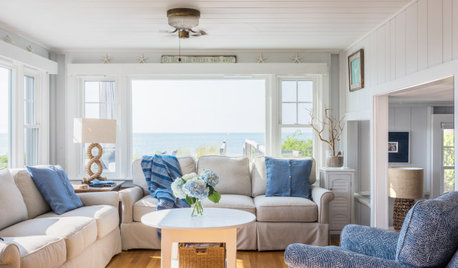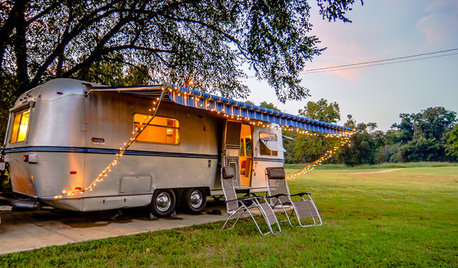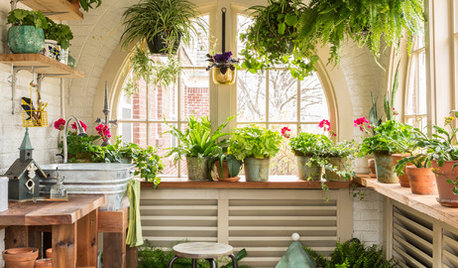pls recommend
thecityman, Zone 7a/6b near Nashville
10 years ago
Related Stories

MATERIALSInsulation Basics: What to Know About Spray Foam
Learn what exactly spray foam is, the pros and cons of using it and why you shouldn’t mess around with installation
Full Story
TILEEpoxy vs. Cement Grout — What's the Difference?
Grout is grout, right? Nope. Cement and epoxy versions have different appearances, durability and rules of installation
Full Story
WHITEHow to Pick the Right White Paint
White is white, right? Not quite. See 8 white paint picks for 8 very different effects
Full Story
COLOR12 Tried-and-True Paint Colors for Your Walls
Discover one pro designer's time-tested favorite paint colors for kitchens, baths, bedrooms and more
Full Story
KITCHEN DESIGNHow to Work With a Kitchen Designer
If you're ready to make your dream kitchen a reality, hiring a pro can ease the process. Here are the keys to a successful partnership
Full Story
ARTBring In a View Like You’ve Never Imagined
See how art photographers turn a plain white wall into a magical window with a centuries-old camera technique — and how you could try it too
Full Story
COLORPick-a-Paint Help: How to Create a Whole-House Color Palette
Don't be daunted. With these strategies, building a cohesive palette for your entire home is less difficult than it seems
Full Story
WHITEWhat to Know Before You Paint Your Walls White
A coat of white paint can do wonders in one room and wreak havoc in another. Here are tips for using the popular hue
Full Story
VINTAGE STYLEGet Away From It All in a Glamper
A glammed-up camper can transport you to a happy place, whether in your yard or on the highway
Full Story
TRANSITIONAL HOMESHouzz Tour: A Home That Honors Family in Little Rock
A third-generation homeowner keeps her family history at the forefront of a thoughtful remodel
Full Story






lucky_p
thecityman, Zone 7a/6b near NashvilleOriginal Author
Related Professionals
Simpsonville Landscape Architects & Landscape Designers · Wrentham Landscape Architects & Landscape Designers · Cottonwood Landscape Architects & Landscape Designers · North New Hyde Park Landscape Architects & Landscape Designers · Wareham Landscape Architects & Landscape Designers · Berkley Landscape Contractors · Englewood Landscape Contractors · Fort Mill Landscape Contractors · Hendersonville Landscape Contractors · Hollywood Landscape Contractors · Mendota Heights Landscape Contractors · Milford Landscape Contractors · Norristown Landscape Contractors · Waterford Landscape Contractors · Greenfield Landscape Contractorsolpea
RobThomas
Bradybb WA-Zone8
drew51 SE MI Z5b/6a
bennylafleur
mamuang_gw
olpea
thecityman, Zone 7a/6b near NashvilleOriginal Author
olpea
drew51 SE MI Z5b/6a
RobThomas
cousinfloyd
mamuang_gw
thecityman, Zone 7a/6b near NashvilleOriginal Author
drew51 SE MI Z5b/6a
mamuang_gw
olpea
bob_z6
olpea
bob_z6
treebird101
treebird101
treebird101
thecityman, Zone 7a/6b near NashvilleOriginal Author
treebird101
Jennifer
Tony
Jennifer
thecityman, Zone 7a/6b near NashvilleOriginal Author
Tony
Jennifer
Jennifer
lucky_p
thecityman, Zone 7a/6b near NashvilleOriginal Author
bob_z6
Tony
Jennifer
parker25mv